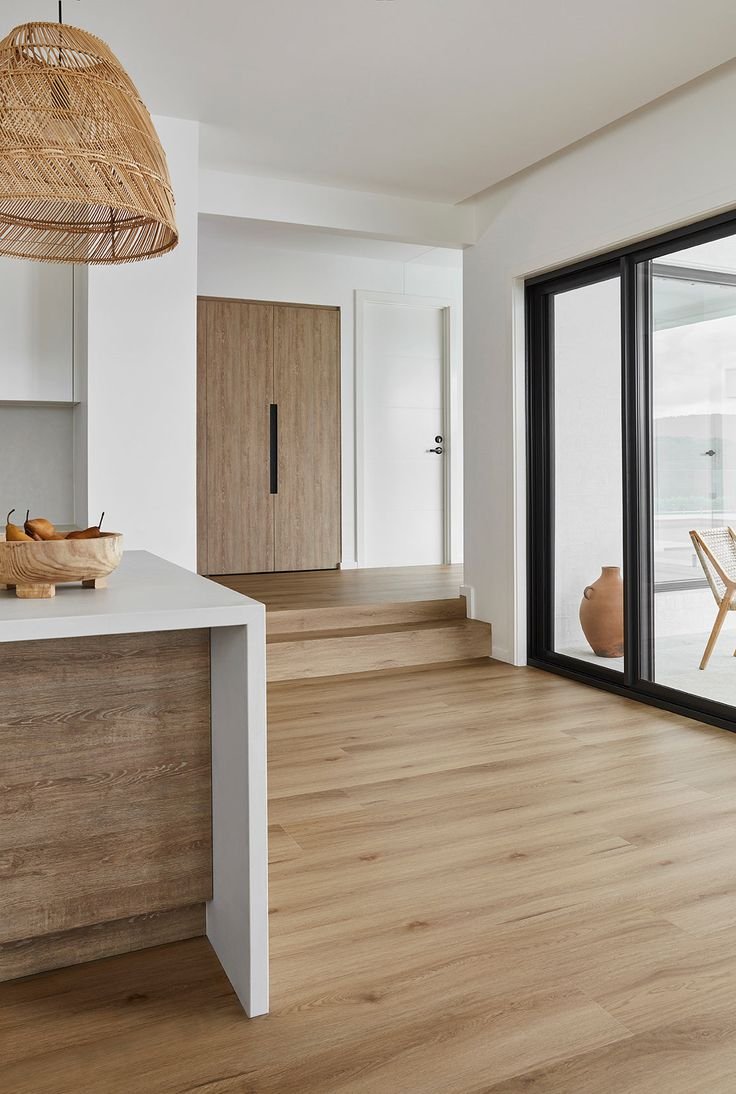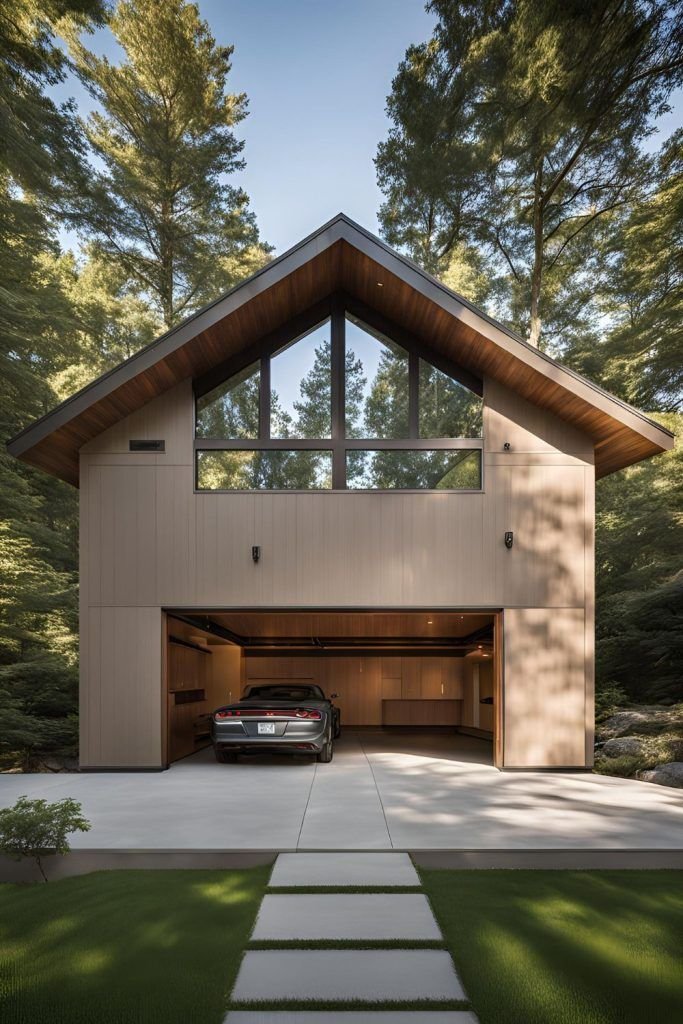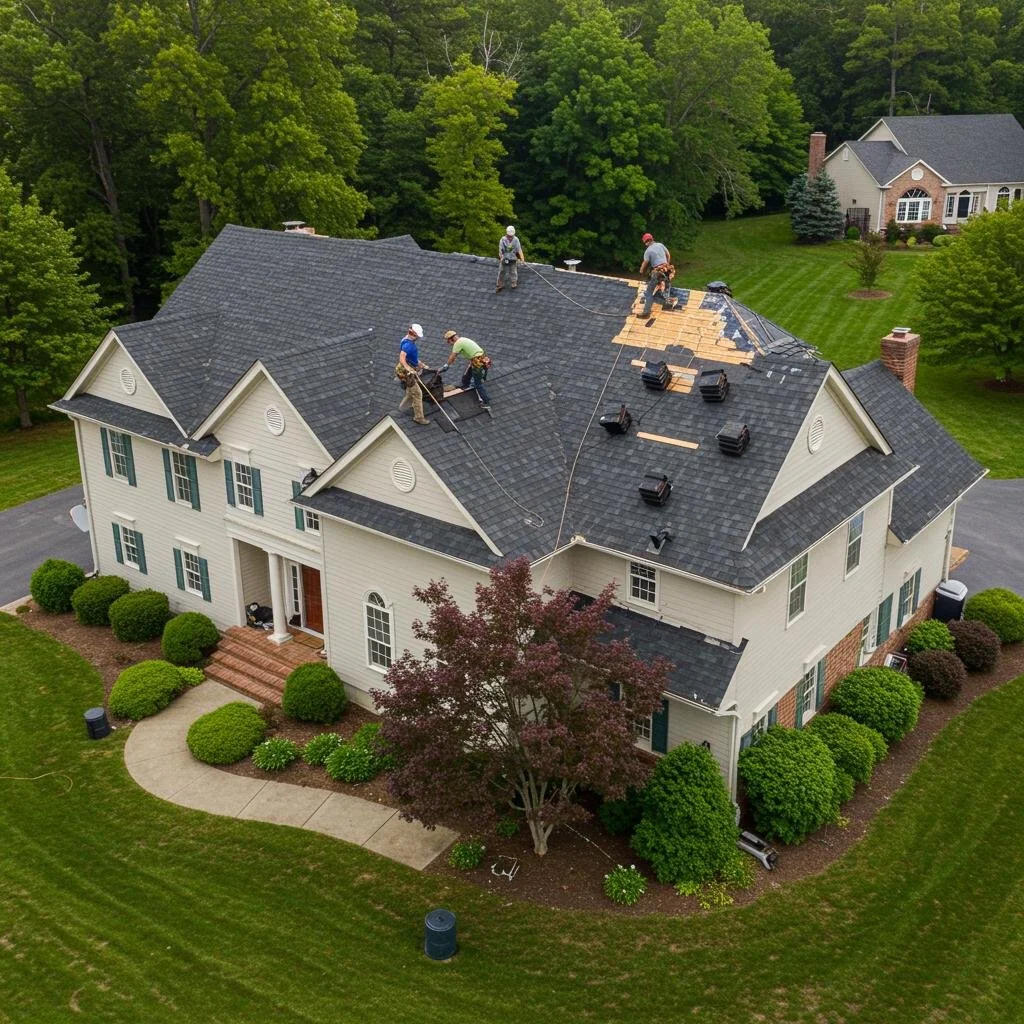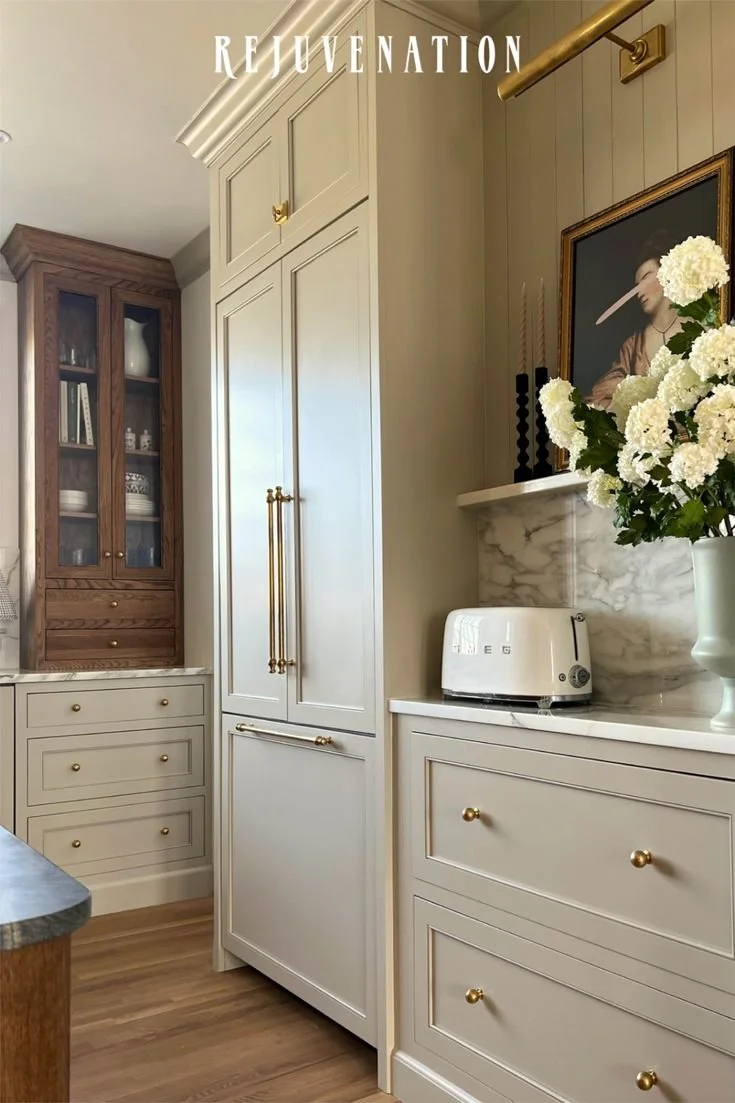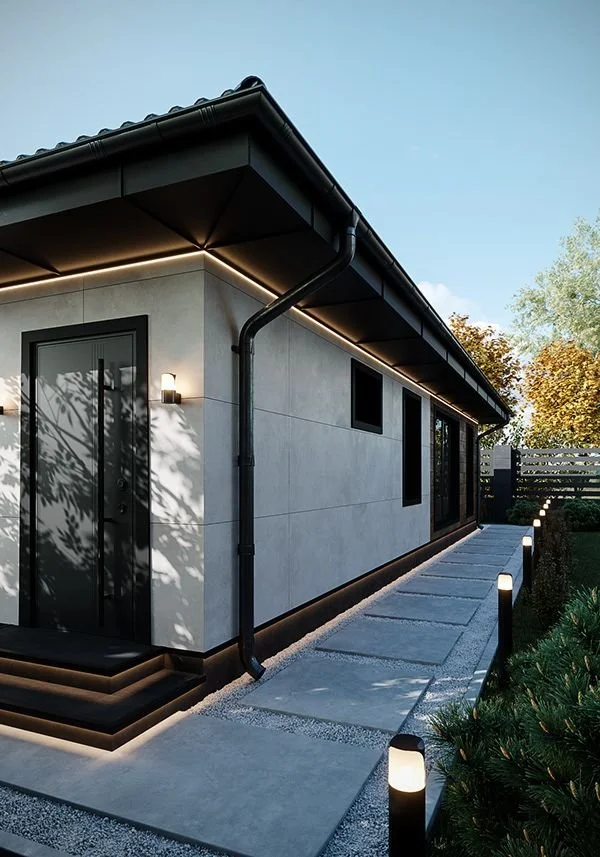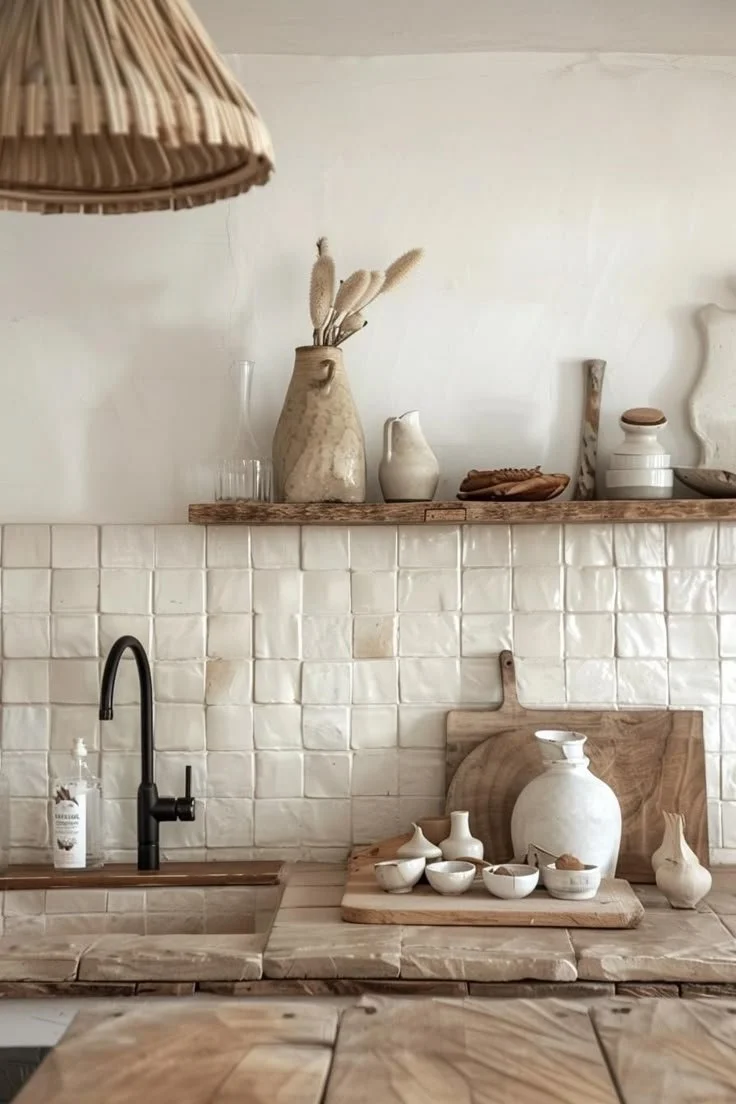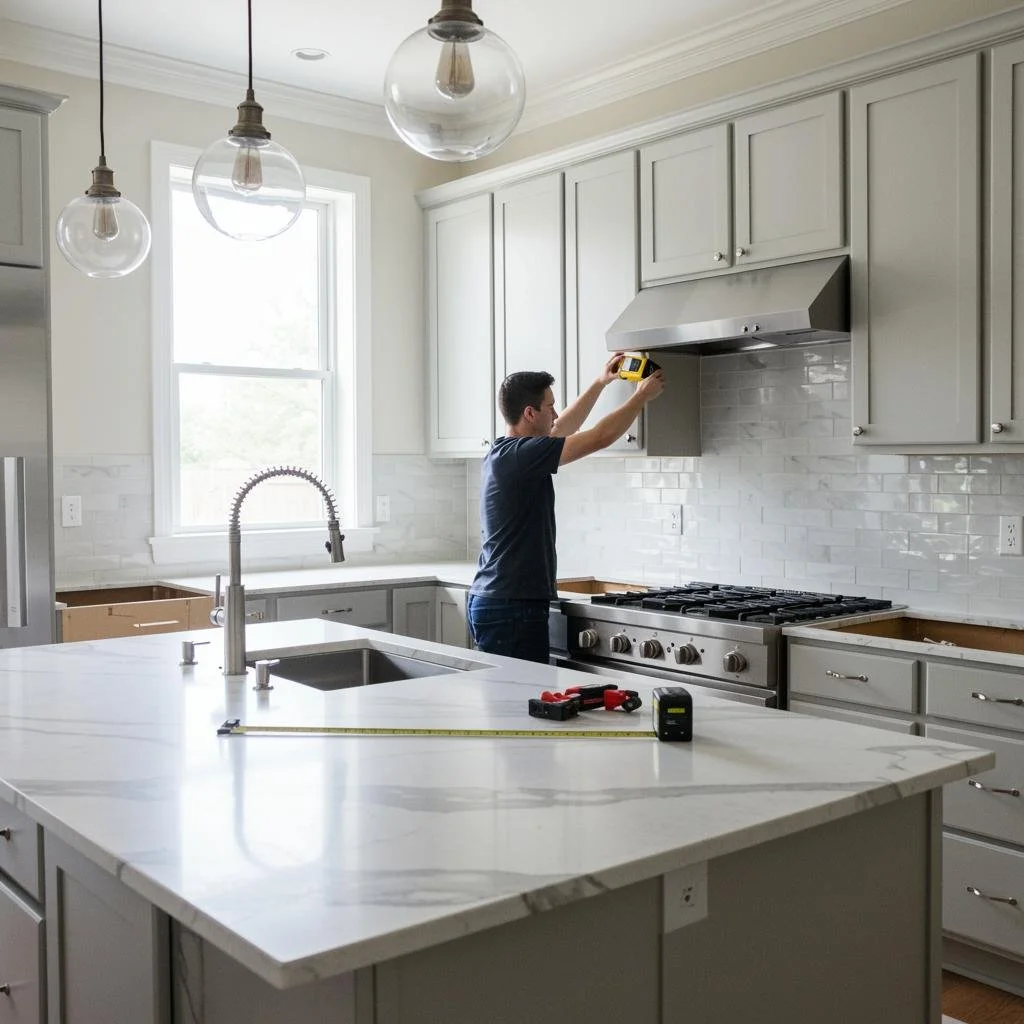How To Repair Your Home Flooring: Easy DIY Solutions For A Fresh Look
Home flooring often endures significant wear and tear, but revitalizing its appearance is possible. With a few simple DIY solutions, you can breathe new life into your floors without extensive renovations or a hefty budget. In this article, we explore effective techniques to repair and refresh your flooring, whether it's scratched hardwood, stained carpets, or dull tiles.
No. 1
Understanding Your Laminate Flooring
Laminate flooring is a popular choice for many homes. It's made up of several layers and can face some common problems over time. Let's look at what makes up laminate flooring and the issues you might run into.
Components of Laminate Flooring
Laminate flooring has four main parts:
Wear Layer: This clear top coat protects against scratches and fading.
Design Layer: It's a photo-realistic image that gives the flooring its wood-like look.
Core Layer: Made of fiberboard, this provides stability and strength.
Backing Layer: This bottom layer acts as a moisture barrier.
The underlay goes beneath these layers. It helps smooth out small floor imperfections and reduces noise. Remember to leave an expansion gap around the edges of your room. This space lets the flooring expand and contract with temperature changes.
Common Issues and Their Causes
Here are some common problems you might face with your laminate flooring:
Scratches: These can happen from moving furniture or pet claws.
Bubbling: This is often due to moisture getting under the flooring.
Lifting or Separating: Poor installation or moisture can cause this.
Warping: Too much water or humidity is usually the culprit.
To avoid moisture damage, clean up spills quickly. Use doormats to catch dirt and water. Don't mop with lots of water - use a damp cloth instead. By taking good care of your laminate, you can keep it looking great for years.
No. 2
Assessing the Damage
Before fixing your floor, you need to figure out what's wrong with it. Take a close look at the problems, and decide if you can fix them yourself or if you need to hire a pro.
Identifying Types of Damage
Start by checking for scratches. Look for thin lines on the surface that catch your finger. Gaps between boards are another common issue. You might see spaces where the boards don't meet.
Water damage is serious. Look for swelling or buckling in the wood. The boards might feel spongy or look warped. Lifting is when boards start to come up at the edges.
Make a list of all the damage you find. This will help you plan your repairs. Take pictures, too. They can be useful if you need to show someone else.
When to Repair vs. Replace
Small scratches are easy to fix yourself. You can often fill gaps with wood putty. For water damage, it depends on how bad it is. If only a few boards are affected, you might be able to replace just those.
Big problems like lots of buckling or widespread water damage usually mean it's time for new flooring. If more than a third of your floor is damaged, replacing it all is often smarter.
Consider your skills and tools. Simple repairs are DIY-friendly, but if you're not sure, it's okay to call a pro. They can help you decide what's best for your floor.
No. 3
Preparing for Repairs
Getting ready for floor repairs is key to a smooth process. With the right tools and setup, you'll be able to fix your flooring like a pro.
Gathering Your Repair Kit
Your repair kit is crucial for fixing floors. For laminate flooring, grab a laminate floor repair kit. It usually has putty, a putty knife, and color-matching markers. Wood filler works well for deeper scratches or holes. Don't forget sandpaper in fine and medium grits.
You'll also need:
Cleaning supplies
Glue (for loose boards)
A utility knife
A hammer and nails (for wood floors)
For bigger jobs, add a circular saw and drill to your kit. These tools help with removing damaged boards. A pry bar can be useful, too.
Prepping the Work Area
Clear the room of all furniture. This gives you space to move and prevents damage to your stuff. Vacuum the floor to remove dirt and dust. Clean the damaged area with a damp cloth.
Mark the spots that need fixing with painter's tape. This helps you keep track of all repair areas. Cover nearby surfaces with drop cloths to catch dust and debris.
Make sure you have good lighting. A work lamp can help you see details better. Open windows for fresh air, especially if you're using strong-smelling products.
Lastly, put on safety gear like gloves and goggles. Your eyes and hands need protection during repairs.
Aircraft
Hard floor cleaners that deliver powerful and safe cleaning and polishing all in one
No. 4
Repair Techniques
Fixing your home flooring doesn't have to be hard. With the right tools and know-how, you can tackle many common problems. Let's look at some key repair methods for different issues.
Fixing Scratches and Chips
Got scratches on your wood floor? Try this easy fix: Mix baking soda with a few drops of olive oil. Rub this paste into the scratch with a soft cloth. Wipe off the excess, then buff the area.
For deeper scratches, use wood filler. Pick a color that matches your floor. Apply it with a putty knife, and let it dry. Sand it smooth, and apply a coat of finish.
Chips in wood or laminate can be fixed, too. Use wood putty for wood floors. For laminate, try a repair kit made for that type of flooring. Follow the kit's instructions carefully.
Addressing Gaps and Warping
Gaps between boards can be filled with wood strips or rope. Cut thin strips of matching wood to fit the gaps. Glue them in place. For a quick fix, buy rope that matches your floor color. Push it into the gaps with a screwdriver.
Warping often happens due to moisture. First, find and fix the source of moisture. Then, try to flatten the board. Put a damp cloth over the warped area and iron it. Be careful not to burn the wood.
For severe warping, you might need to replace the board. This is a bigger job, so you may want to call a pro.
Solving Buckling and Lifting
Buckling happens when the floor lifts up from the subfloor. It's often caused by moisture or poor installation. To fix it, you need to remove the buckled boards. Check for moisture issues under the floor and fix them.
Then, replace the damaged boards. Make sure to leave space for the wood to expand. Use flooring nails to secure the new boards.
For lifting laminate, you might be able to glue it back down. Use a special laminate floor glue. Inject it under the lifted part with a syringe. Put weight on the area until the glue dries.
If the lifting is bad, you may need to replace that section of flooring. Cut out the damaged part, and install new pieces. Use transition strips to blend the new and old sections.
No. 5
Handling Water Damage
Water damage can wreak havoc on your flooring. Quick action and proper repairs are key to saving your floors. Knowing how to fix the damage and prevent future issues will keep your floors looking great.
Repairing Water Damaged Areas
Start by removing any standing water with towels or a wet vacuum. Dry the area completely using fans and dehumidifiers. For laminate flooring, check for bubbles or warping. If you see these signs, you'll need to replace the damaged planks.
To replace damaged laminate:
Remove baseboards
Take out damaged planks
Clean and dry the subfloor
Install new planks
Put baseboards back
For hardwood floors, sand down raised areas and refinish if needed. If the damage is severe, you might need to replace some boards. Always let wood floors dry fully before refinishing or replacing parts.
Preventing Future Water Damage
. Look under sinks, around toilets, and near appliances that use water. Fix any plumbing issues right away. Small leaks can cause big problems if left unchecked.
Use rugs or mats in areas prone to spills, like near sinks or entryways. Clean up spills quickly to prevent water from seeping into the floor. Make sure your floors have proper expansion gaps around the edges. These gaps let the floor expand and contract without warping.
For basements or areas at risk of flooding, consider water-resistant flooring options. Vinyl or tile can handle moisture better than wood or laminate. You can also apply a waterproof sealant to your existing floors for extra protection.
No. 6
Finishing Touches
After fixing your flooring, it's time to add those final touches. This includes protecting your newly repaired floor and keeping it in great shape going forward.
Sealing and Protecting Your Floor
Start by sealing your floor to shield it from damage. For wood floors, apply a thin coat of polyurethane sealer. Use a foam brush for even coverage. Let it dry completely. For laminate floors, use a specialized laminate sealer. This helps guard against moisture and scratches.
Don't forget about the expansion gap around the edges of your floor. This space lets the flooring expand and contract. Fill it with a flexible caulk that matches your floor color. This keeps dirt and moisture out while still allowing movement.
Maintaining Your Flooring Post-Repair
Regular care keeps your floor looking great. Sweep or vacuum often to remove dirt that can scratch the surface. Use a damp mop for deeper cleaning, but avoid soaking the floor.
For wood floors, use a cleaner made just for hardwood. Laminate floors need their own special cleaners, too. Don't use wax or polish on laminate— it can make the floor slippery.
Place mats at entrances to catch dirt. Put felt pads under furniture legs to prevent scratches when moving items. Trim pet nails to avoid floor damage. With these simple steps, your repaired floor will stay beautiful for years to come.
Takeaways
Repairing your home flooring can be a straightforward and rewarding DIY project that enhances both the aesthetic appeal and functionality of your space. By utilizing easy-to-follow solutions such as patching damaged areas, refinishing hardwood surfaces, or replacing worn-out tiles, you can achieve a fresh look without the need for professional help.
Additionally, embracing these DIY methods not only saves on costs but can also empower you to take control of your living environment, achieving a deeper sense of satisfaction with your home. With the right tools and a little patience, you can transform your flooring and create a completely revamped living environment.
Looking For Home Resources?
Looking to enhance your living space and create a sanctuary that supports your well-being? Explore our home partners who offer a wide range of resources to elevate your home environment.
